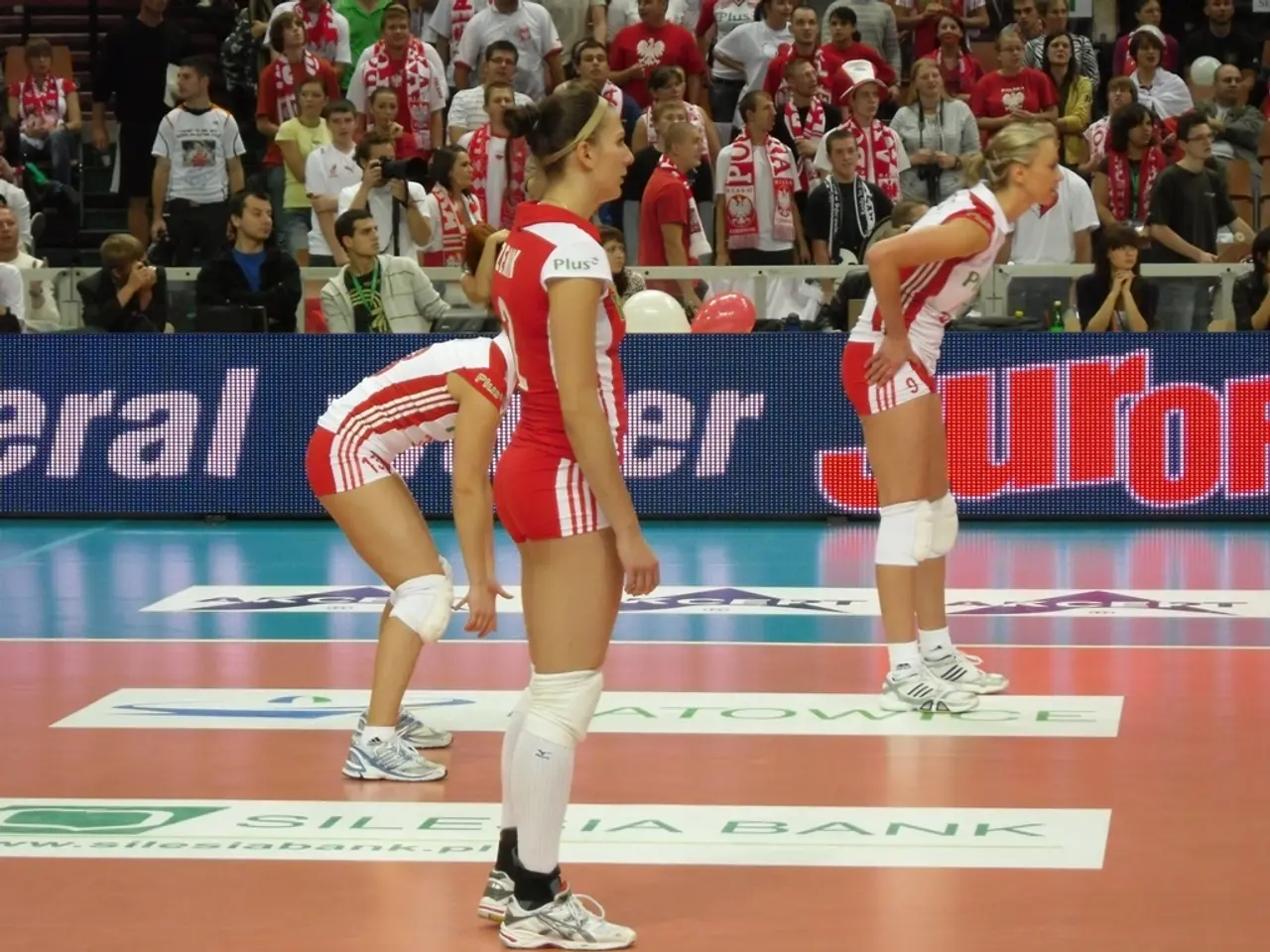Prophecies of Imperial Collapse in Literature
In the annals of human history, the decline and fall of great empires have been a recurring theme. Historians and political analysts explain this complex process as a combination of internal weaknesses and external pressures rather than a single cause.
George Orwell's "1984" and "Animal Farm" offer insights into the erosion of society and the loss of revolutionary ideals. In "1984", Orwell paints a dystopian world where constant surveillance, disinformation, and the erasure of history erode the foundation of society. Similarly, in "Animal Farm", the portrayal of the pigs' gradual corruption and the rewriting of rules has become a metaphor for how revolutionary ideals are often lost, leading to collapse and disillusionment.
Edward Gibbon's "The Decline and Fall of the Roman Empire", published in the late 18th century, remains one of the most influential books in history. Gibbon's analysis focuses on internal decay, political corruption, and the erosion of civic virtue as the primary reasons for the fall of the Roman Empire. He also argues that the loss of public spirit and increasing reliance on mercenaries made Rome vulnerable to outside forces.
Paul Kennedy's "The Rise and Fall of the Great Powers" traces the economic and military factors behind the rise and collapse of global empires from 1500 to the present. Kennedy's argument that "imperial overstretch" causes empires to collapse under their own weight has become a staple in international relations courses.
Jared Diamond's "Collapse: How Societies Choose to Fail or Succeed" takes a scientific approach to the question of why great civilizations fall, focusing on environmental mismanagement, climate change, and failure to adapt as key drivers in collapse.
William Strauss and Neil Howe's "The Fourth Turning" introduces a bold generational theory about the cycles of history and the fall of empires. They suggest that every 80-100 years, societies experience a crisis period that transforms institutions and often leads to the collapse of old systems.
Comparative studies of empires such as Ming China, the Mughal Empire, and Renaissance Venice reveal that political collapses often occur without immediate external shocks like drought or conquest but following prolonged governance weakening despite previous wealth and inclusiveness. These analyses suggest inherent political cultural conflicts and systemic weakening as core to collapse, with explicit lessons drawn for contemporary societies on the risks of internal division and governance failures.
Moreover, some scholars challenge the narrative of "fall" describing instead a transformation or evolution of political structures. For example, the "Transformation theory" argues that the Roman Empire did not abruptly fall but gradually transformed into the medieval structures of Late Antiquity.
In conclusion, the decline of empires is typically multifactorial and gradual, involving both internal decay (political, social, economic) and external challenges. Understanding these historical patterns can provide valuable insights for modern societies, encouraging them to strengthen political cohesion, effective governance, and societal resilience to prevent decline.
Books like George Orwell's "1984" and "Animal Farm," Edward Gibbon's "The Decline and Fall of the Roman Empire," Paul Kennedy's "The Rise and Fall of the Great Powers," Jared Diamond's "Collapse," and William Strauss and Neil Howe's "The Fourth Turning" offer insights into the complexities of political decay, providing entertainment and general-news value. These books delve into the erosion of society, loss of revolutionary ideals, internal decay, political corruption, economic factors, and governance failures as factors contributing to the decline of empires.







